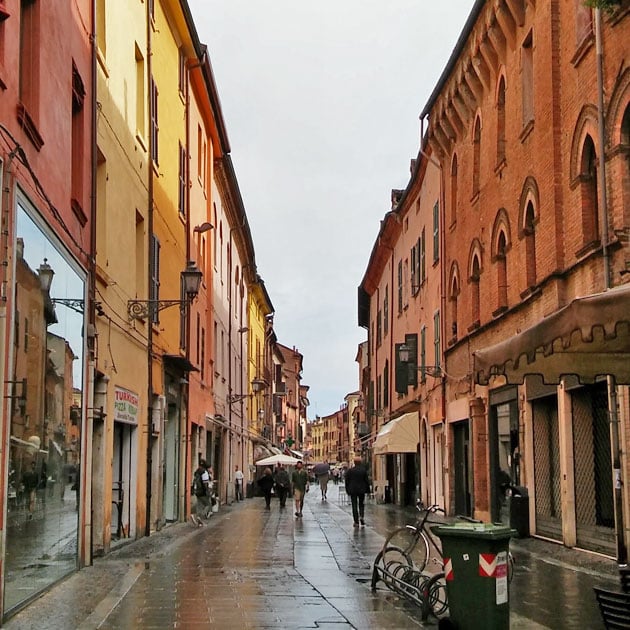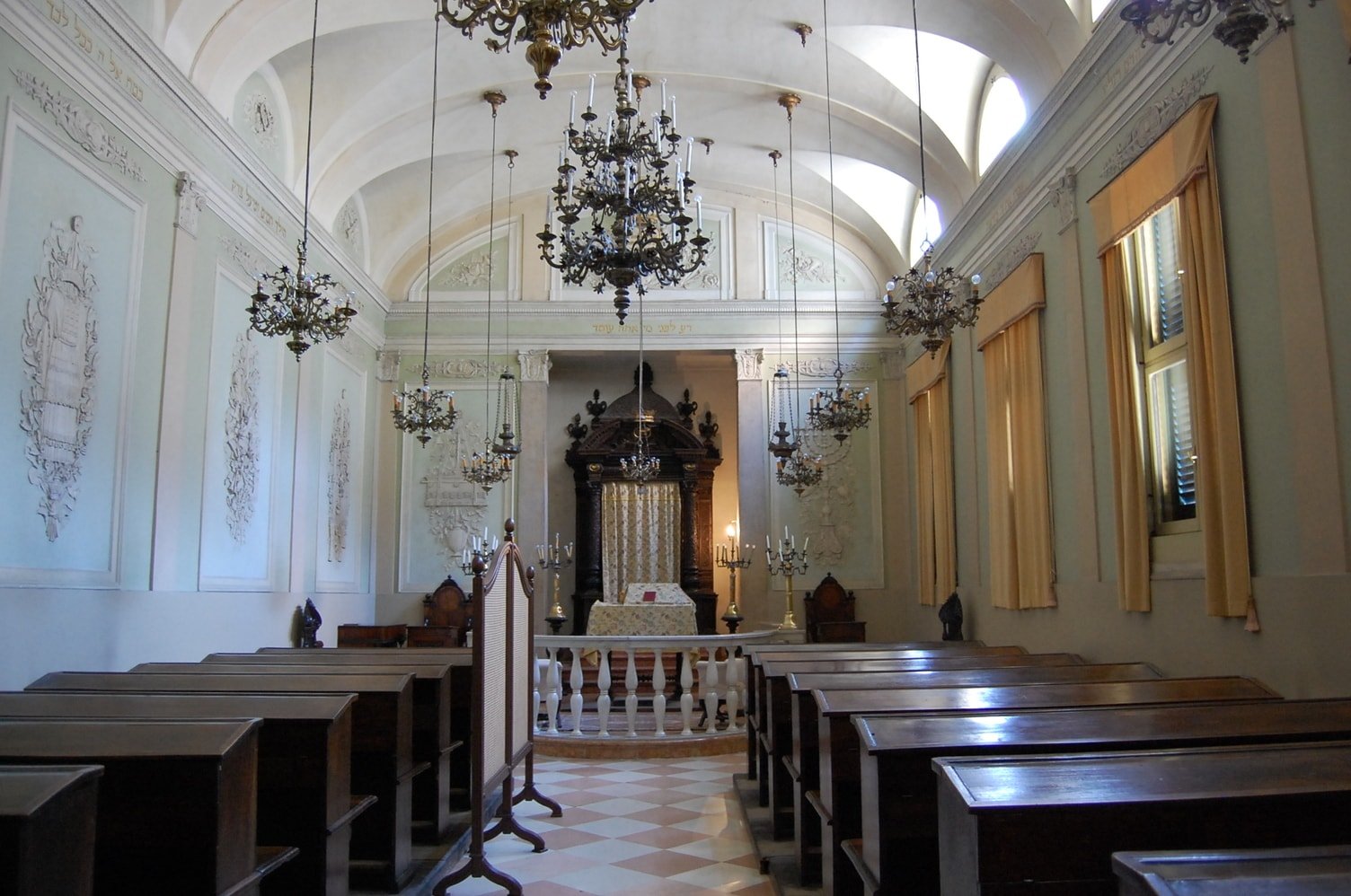Ferrara is the only city in Emilia-Romagna to have an uninterrupted Jewish presence from the middle ages to the present. Although there are no references nor documents before the 13th century CE, Ferrara’s Jewish presence is said to date back to the distant past.

Under the Duchy of Este, the community enjoyed its finest years: the dukes offered shelter to refugees from Spain and Portugal after 1492 and from Eastern Europe. The city became a melting pot of different Jewish cultures, which not only lived together within the same Jewish context, but also embellished the city in which they lived with significant social and cultural contributions. Few Italian cities have preserved the feel of the Jewish memory, both distant and recent, as keenly as Ferrara. Going down the streets of the ghetto, still intact in its original layout, and entering the synagogues and museum, means exploring three centuries of history. Via Mazzini (formerly Contrada Sabbioni) was the main street in the ghetto.

At the beginning of the street, behind the cathedral, in the oratory of San Crispino, from 1695 the Jews were forced to attend sermons which, according to the Church, would convince them to convert. The buildings were once linked by internal passages making it possible to reach the synagogues by going from one house to the other without having to enter the street. Some of these secret passages came to light again during recent restoration work. At the entrance to Via Mazzini you can still see the mark left by the hinges from one of the five ghetto gates. Now a pedestrian precinct, the street has a long backdrop of continuous buildings forming a single façade with ground-floor shops. Via Mazzini has always had a commercial character.

